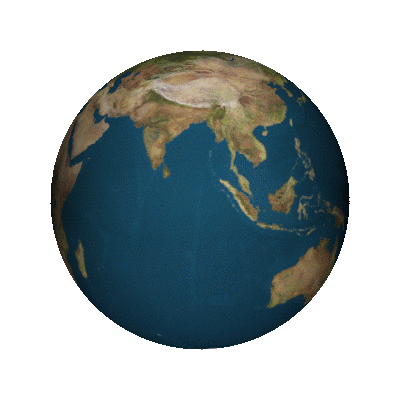With an increasing demand on natural water resources, and unabated pollution posed by
industrial discharges into the environment, it has become necessary to implement zero
discharge systems in industrial waste water treatment plants. In a waste water treatment
facility, zero discharge theoretically means no discharge of any kind of pollutants into the
environment. But this is practically impossible and, the term zero discharge is loosely used to define no liquid discharge into the environment. So, quite often, zero discharge and zero
liquid discharge are used in the same meaning.
For all practical purposes, the concept of zero discharge necessarily means the following:
1) recovery of reusable water/other materials from waste water;
2) minimization or, no discharge of polluting substances into the environment away from the waste water treatment facility.
As with conventional waste water treatment systems, zero discharge system also includes
primary treatment, secondary treatment and tertiary treatment.
However, the main objective in a zero discharge treatment system is to see that
- the processes utilized for waste water treatment does not generate any additional pollutants;
- production of waste is minimized by suitable selection of unit processes and adjusting operating parameters;
- as far as possible, pollutants in the wastewater are transfered to solid phase (sludge);
- sludge is stored in a secured landfill; v) recovery of reusable materials, especially water, is achieved.
To achieve the above mentioned objectives, definition and adoption of suitable primary,
secondary and tertiary treatment processes based on the physico-chemical characteristics of the waste water are very much essential. It is also essential to develop a template for mass balance in each unit process. Irrespective of unit processes adopted in each treatment step, the main goal of primary treatment is to make the waste water suitable for water recovery during secondary treatment utilizing reverse osmosis system. And, the main objective of tertiary treatment is to treat the reject generated by the reverse osmosis system to recover water and, if possible, other useful materials.
Since the concept of zero discharge system is to ensure essentially no discharge of pollutants into the environment, recovery of water gains primary importance.
It achieves two purposes:
- by reusing process water, utilization of natural waster resources is minimized;
- reuse of recovered water enhances the capacity of the industry to efficiently utilize available water as well as control its quality to the required level.
Design of a zero discharge system requires many insights to be made at the outset:
- quality of the waste water to be treated;
- efficiency of the treatment system;
- ability of the treatment system to withstand variability in the quality of waste water being treated over short-time (shocks) and long-time basis;
- performance degradation of the machinery over a period of time;
- operation and maintenance issues such as backwash and cleaning operations;
- mass-balance under different perceived operating conditions.
|


